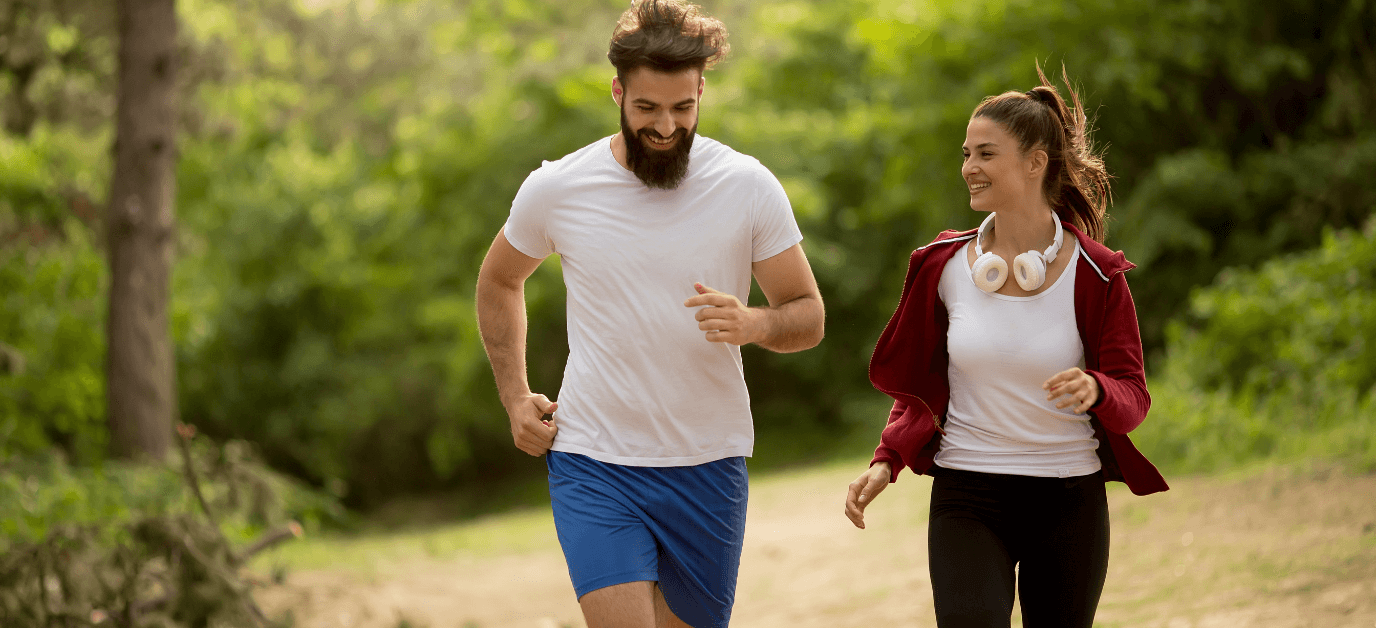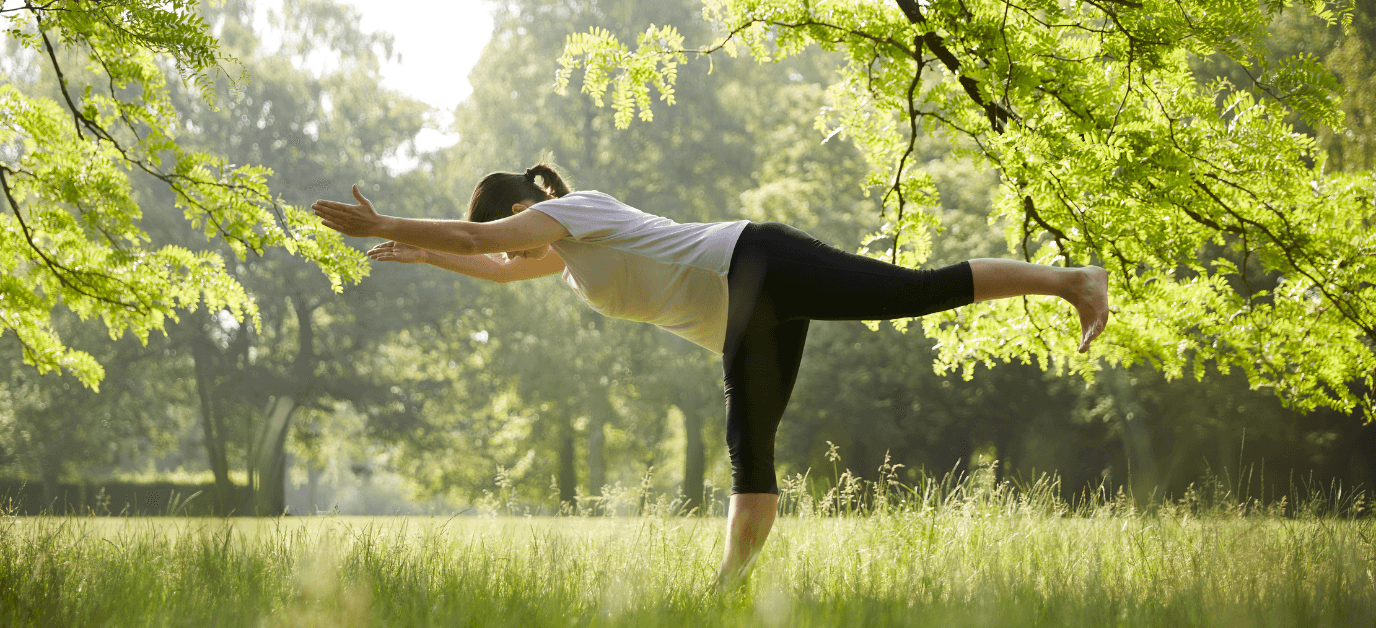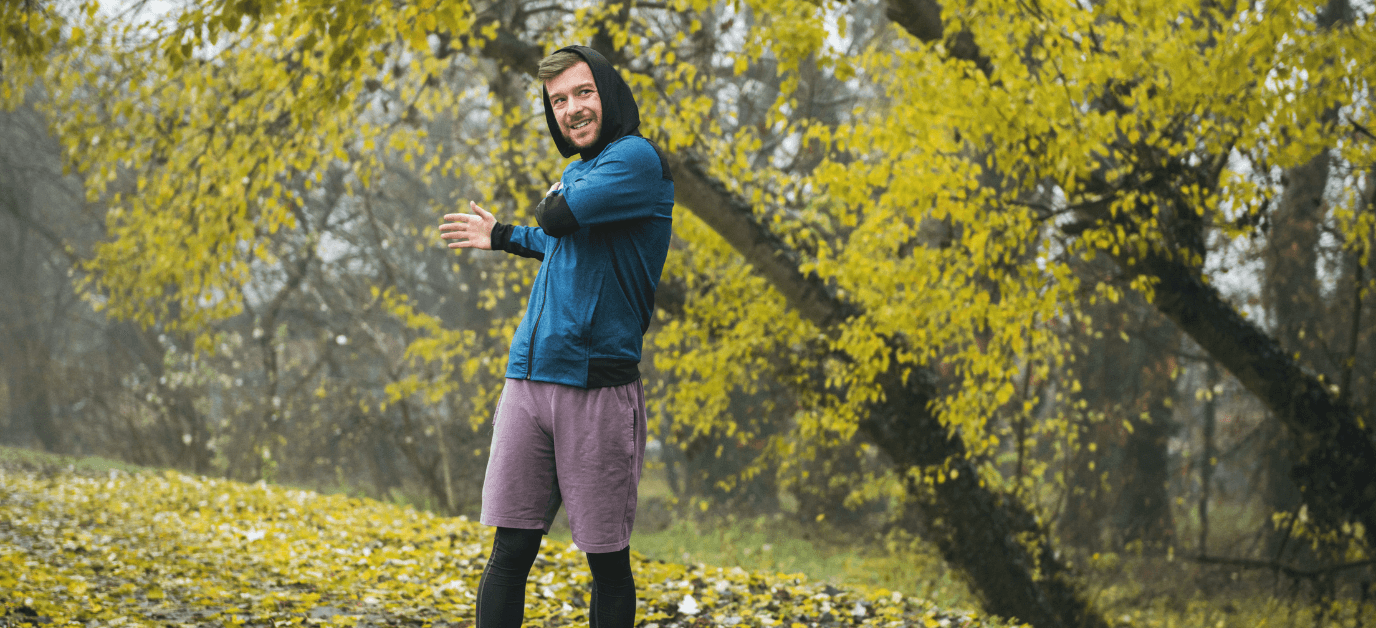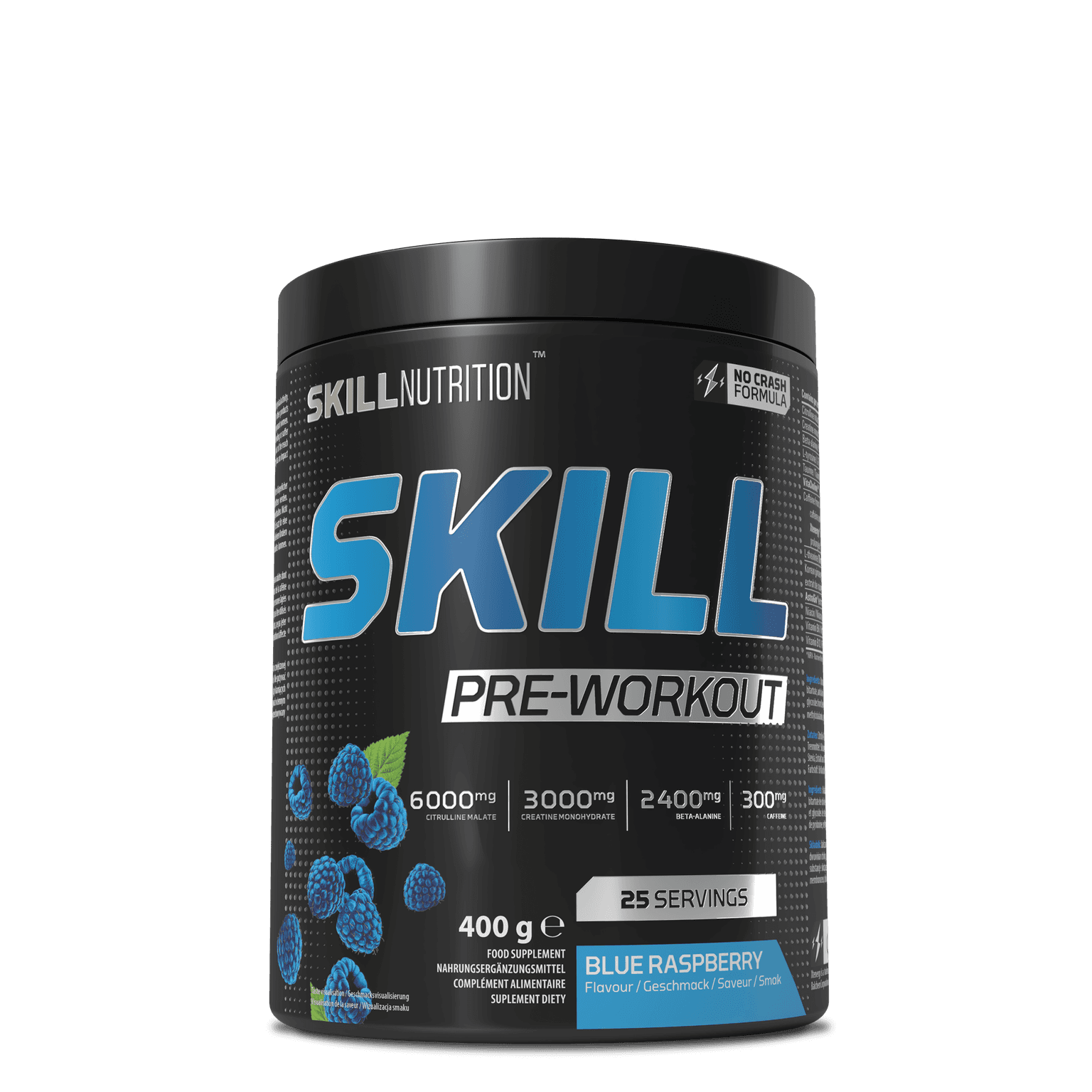

Outdoor Workouts – How Nature Boosts Our Motivation
20.03.2025Recommended products
An open-air gym, forest running trails, or a park cycling route—exercising outdoors isn’t just about improving fitness; it’s also a natural motivation booster. Nature stimulates the senses, reduces stress, and makes workouts feel less exhausting. Why should you swap four walls for open space? How does the environment impact our motivation and workout effectiveness? Let’s explore!
Outdoor Workouts and Motivation
Have you ever stepped onto a treadmill at the gym only to feel… bored after just a few minutes? Staring at a wall, listening to the monotonous hum of machines, and training under artificial lights—these conditions don’t foster long-term motivation. On the other hand, outdoor workouts tell a different story. Nature acts as a natural energizer—it stimulates the senses, enhances mood, and fills us with more energy.
Research shows that exposure to nature lowers stress levels, reduces tension, and increases the desire to move. Green surroundings have a calming effect while simultaneously activating the nervous system [1]. That’s why running in a park feels less exhausting than on a treadmill—the brain is engaged with the changing scenery rather than focusing solely on effort.
Another secret of outdoor training is sunlight. Exposure to UV rays supports vitamin D production, which benefits muscle function and immune health. Additionally, natural light regulates our biological clock and boosts serotonin levels—the hormone responsible for good mood [2]. Even a short outdoor activity can effectively increase energy levels and improve overall well-being.

The Biggest Benefits of Outdoor Workouts
We all know that movement is health, but exercising outdoors is its best version. Why? Because you’re not just strengthening muscles and improving endurance—you’re doing it in a way that benefits your entire body, from your lungs to your mood. If you’re still wondering whether to swap the gym for a park or forest, here are some reasons that will convince you to take action.
1. Better Oxygenation – More Energy, Improved Performance
Training outdoors provides a greater supply of oxygen compared to indoor spaces. This not only improves lung capacity but also supports cardiovascular function, making your heart work more efficiently. Additionally, better oxygenation means increased energy and reduced fatigue.
2. More Variety – No More Boredom!
A gym? The same machines, the same exercises, the same environment. An outdoor workout? Nothing is ever the same! Uneven terrain, changing weather, and different routes engage more muscles, enhance coordination, and help the body adapt to different conditions. It’s a natural way to achieve better results without routine.

3. Cost Savings and Convenience
Outdoor workouts make fitness more accessible and budget-friendly:
- No membership fees—parks and forests are free!
- You can train anywhere—even on your way to work or during a weekend trip.
- No waiting for equipment—nature provides limitless workout opportunities.
4. Better Mood and Less Stress
Exercising outdoors works as a powerful antidepressant. It lowers cortisol (the stress hormone), improves focus, and helps clear the mind. After an outdoor session, you’ll not only feel accomplished but also experience a sharper mind and more positive energy for the day.

Best Outdoor Activities to Try
Outdoor workouts offer countless possibilities, and your choice depends on your preferences, fitness level, and training goals. Whether you prefer intense cardio, a relaxing walk, or strength training, nature provides the perfect conditions for all. Here are some top recommendations:
Running
The simplest form of exercise that requires no special equipment or membership. It improves endurance, strengthens the heart, and helps burn calories. Plus, changing routes, surfaces, or paces keeps every workout fresh and exciting.
Cycling
A great choice for those who want to strengthen their cardiovascular system without putting too much strain on their joints. Cycling allows you to cover greater distances while enjoying scenic views, all while strengthening your legs and improving overall endurance.
Nordic Walking
An underrated activity that engages up to 90% of muscles [3]! Thanks to walking poles, not just your legs but also your arms, back, and core get a workout. It’s a great option for both older adults and those looking to burn calories with minimal injury risk.
Outdoor Gyms
Many parks and neighborhoods feature outdoor workout stations that allow strength training without the need for expensive equipment. Pull-up bars, dip stations, and leg presses can all be found under the open sky and used for building strength.
Functional Training
Park benches, stairs, walls, or even tree trunks can serve as workout tools. Jumps, push-ups, squats, and pull-ups—your environment becomes your gym. This is a great way to enhance strength, coordination, and agility without relying on traditional machines.

How to Stay Motivated for Outdoor Workouts
While outdoor training has countless benefits, motivation can sometimes be a challenge—especially in bad weather. How can you stay consistent? First, set clear goals—whether it’s a short-term challenge (e.g., running a specific distance within a set time) or a long-term plan for improving fitness or physique. Tracking progress through sports apps or a smartwatch helps visualize achievements and adds satisfaction to every session.
Training with a partner or joining a local running group makes it harder to skip a session while adding a layer of social motivation. If you prefer solo workouts, keep things interesting—change routes, try new activities, and have fun with movement.
Sources:
- Ulrich, R. S., Simons, R. F., Losito, B. D., Fiorito, E., Miles, M. A., & Zelson, M. (1991). Stress recovery during exposure to natural and urban environments. Journal of Environmental Psychology, 11(3), 201–230.
- Holick MF. Sunlight and vitamin D for bone health and prevention of autoimmune diseases, cancers, and cardiovascular disease. Am J Clin Nutr. 2004 Dec;80(6 Suppl):1678S-88S. doi: 10.1093/ajcn/80.6.1678S. PMID: 15585788.
- Tschentscher M, Niederseer D, Niebauer J. Health benefits of Nordic walking: a systematic review. Am J Prev Med. 2013 Jan;44(1):76-84. doi: 10.1016/j.amepre.2012.09.043. PMID: 23253654.







